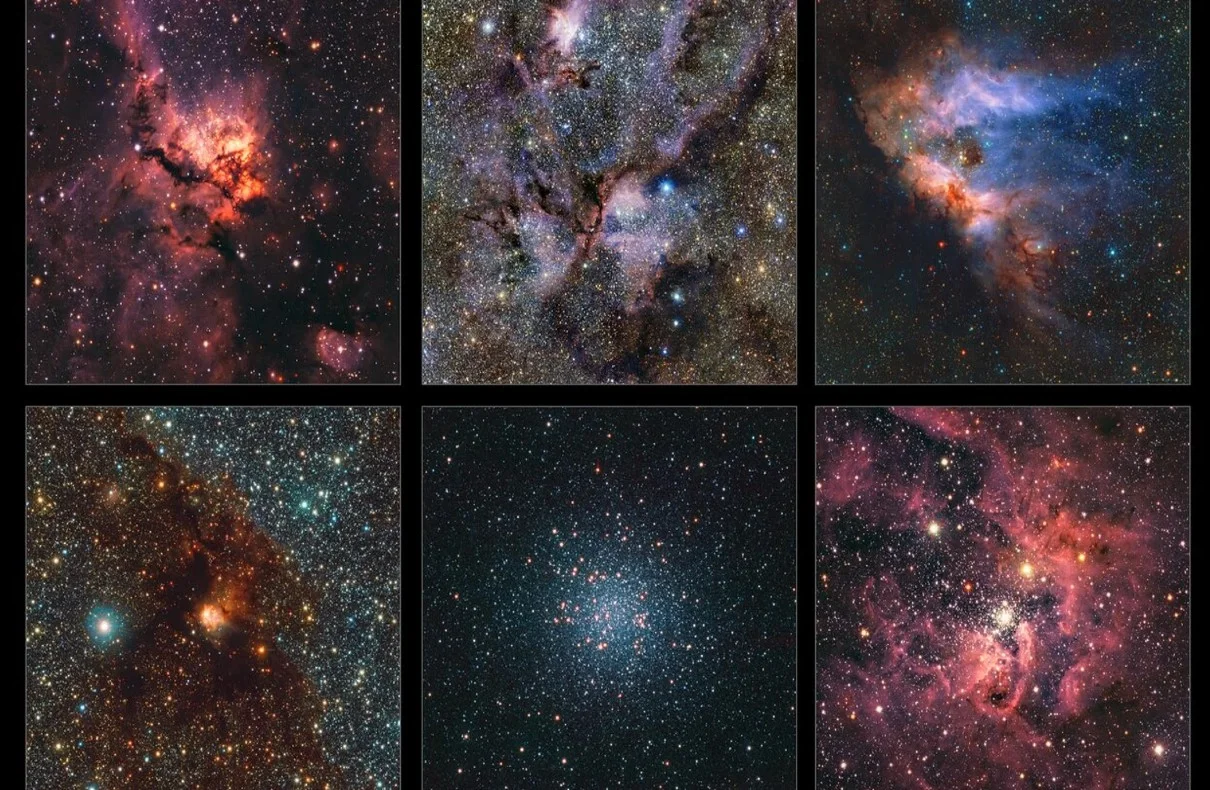The Milky Way is nothing more than a mass of innumerable stars” said Galileo Galilei when he first observed our Galaxy with his telescope. Four hundred years later, the largest infrared map of the Milky Way was completed, after more than 13 years of observation of the central regions of our Galaxy by the VISTA Variables in the Milky Way (VVV) project and its companion VVV eXtended (VVVX) project. This monumental effort has left an invaluable legacy for the astronomical community.
The article, published in the prestigious European journal Astronomy & Astrophysics, is led by professor and astronomer Roberto Saito, from the Federal University of Santa Catarina (UFSC) in Florianópolis, Brazil. The work lists numerous findings after many years of data analysis and was prepared by 146 co-authors from 15 different countries on 4 continents.
At first, embarking on this grand experiment was an adventure, a gigantic task, being the largest observational project in terms of data volume of the European Southern Observatory (ESO), responsible for carrying out the observations with the VISTA telescope located at the ESO Paranal Observatory in the Northern Chile.
The observations began in 2010 and ended in the first half of 2023, in a total of 420 nights where around 200,000 images were obtained, monitoring more than 1.5 billion objects and generating some 500 TB of scientific data.
These discoveries have already produced more than 300 scientific publications and also 30 PhD theses in South America and Europe, in which UV students Claudio Navarro-Molina, Karina Rojas Olate and Nicolás Medina Peña participated. Image processing, data analysis and scientific exploration will continue for many more years, with countless discoveries to come.
The result of this work leaves a lasting legacy for the astronomical community, which will use these data in various projects. Many of these studies will be complemented for a better understanding with future observations using NASA’s Nancy Roman Space Telescope, which will be launched into space at the end of 2026.
The VVV and VVVX megaprojects were led by Professor Dante Minniti, from the Universidad Andrés Bello (UNAB) and principal investigator of the Centro de Astrofísica y Tecnologías Afines (CATA), together with Professor Philip Lucas, from the University of Hertfordshire (UH) in the United Kingdom.
Professors Jura Borissova, Radostin Kurtev, Zhen Guo and Verónica Motta from the Institute of Physics and Astronomy of the Universidad de Valparaíso participated in these megaprojects, which had different stages, starting in 2005: with planning, observations, data analysis and obtaining results. This last step includes exploration and publications.

